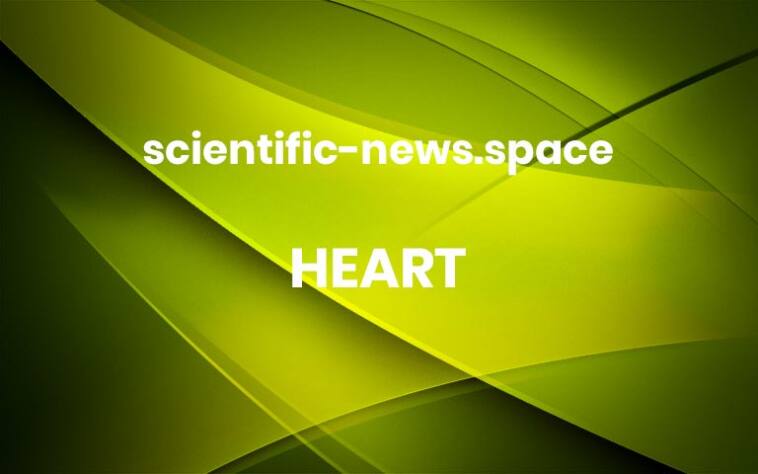One of the world’s richest biodiversity hot spots is Peru’s Madre de Dios, a region of the Amazon nestled at the base of the Andes mountains. When biogeochemist Jacqueline Gerson first traveled there in 2017, she found herself on a boat headed downstream through the forest. As the riverbanks passed by, she observed a scenic shift.
At first, “it was beautiful, primary old-growth forest, lots of birds, lots of different wildlife,” says Gerson, a Ph.D. student at Duke University at the time. “Then, as I continued downstream … first you see these rocks,” she adds. “As you keep going, you see pile after pile after pile, and then you started to see some deforestation.”
She was witnessing the signs of artisanal and small-scale gold mining. Unlike large-scale industrial operations with fleets of dump trucks and excavators, workers here use basic tools or their own hands to extract ore. These informal gold-mining efforts are so prolific in Madre de Dios that they support at least half of the region’s economy.
In Madre de Dios, artisanal and small-scale gold miners tear down lush tracts of Amazonian rainforest to make way for mining operations, leaving behind mounds of sediment and pits that fill with water.Melissa Marchese
But there is a price to that gain. The small-scale miners mix mercury into riverbank sediments that contain flecks of gold. This produces a gold-mercury amalgam that can easily be separated from the muck and then burned to isolate the gold. But that burning also releases fumes of mercury into the open air.
For Gerson, now at Cornell University, illuminating how toxic contaminants flow through the environment is a calling. She studies how human activities contribute to these contaminants and alter their paths. More



